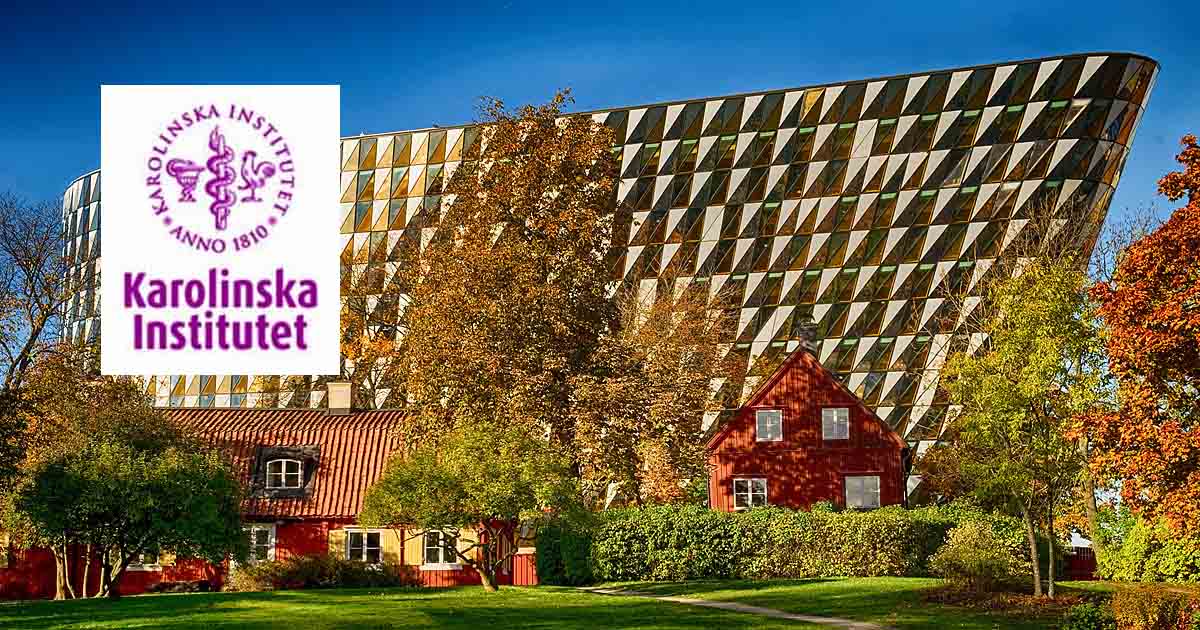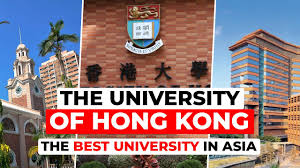
Department of Ecology
The PhD position is based at the Department of Ecology at the Swedish University of Agricultural Sciences (SLU), where we conduct research on populations, communities and ecosystems. We generate knowledge on how land use and climate affect animals, plants, nutrient cycling and greenhouse gas balance, seeking solutions to mitigate climate change, preserve threatened species, benefit biological diversity and ecosystem services in managed landscapes. Active outreach and frequent dialogue with stakeholders are key activities. To generate cutting-edge research and to promote sustainable natural resource management, we build on extensive national and international research collaborations. The position is located at the Grimsö Wildlife Research Station which is the leading center for large carnivore ecology in Northern Europe. SLU was ranked as the 5th world’s best university in ecology in the 2021 Global Ranking of Academic Subjects.
Read more about our benefits and what it is like to work at SLU at https://www.slu.se/en/about-slu/work-at-slu/
Description:
Modelling species population dynamics with nature conservation laws
The PhD position takes place within the project Can laws save the natural world? funded by the Swedish Research Council VR, which aims to quantitatively understand how endangered species can benefit from nature conservation laws. The project presents a high level of novelty and will provide important implications for conservation. This position, along with a parallel PhD position in environmental law, is one of the key components of the project. Specifically, we are looking for a highly motivated graduate student who will 1) develop quantitative population models of endangered species to align concepts defined in European species conservation law with measurable ecological counterparts that are applicable across many taxa, 2) develop quantitative analyses to document the effects of legal protection on species trends and 3) analyze patterns of biodiversity-related legal aspects across European countries (such as e.g. court cases). The research will involve different taxa but has a clear emphasis on large carnivores, such as wolves, bears and lynx. The PhD position aims to be interdisciplinary, being both intensive in quantitative modelling and requiring an ability to understand legal concepts and their use by stakeholders.
Qualifications:
Required: a master degree (or equivalent) with a specialization in quantitative ecology, ecological modelling, biodiversity conservation or evolutionary ecology, a demonstrated ability to write one’s own analyses in R and a professional level fluency in English (see also below).
Desirable: a demonstrated experience of using additional computer programming languages for scientific analysis, an interest in endangered species conservation, experience in scholarly publishing and knowledge of European nature conservation laws and policies. Also relevant is ability and experience to inform and communicate with diverse stakeholders such as authorities, governments or the European Commission. Interpersonal skills will form an important part of the candidate selection.
Place of work:
Grimsö, Sweden with a possible agreement to spend time in Uppsala, Sweden.
Forms for funding or employment:
Fixed-time employment (4 years) 100%.
Starting date:
By agreement during fall 2022 or early 2023.
Application:
We welcome your application no later than 21st July 2022. Use the link at the bottom of this page.
With the application should be attached (1) a statement of scientific interests and motivation for applying to this position (max 1500 words), (2) a resume including a complete publication list if any, (3) copies of diplomas, (4) copy of the thesis equivalent to at least 15 ECT, (5) copy of a passport if the applicant is not a European citizen, (6) a list of at least two reference persons and their contact information, and (7) any written work the candidate believes is relevant for the position (it can be a master thesis and/or publications).
A person has basic eligibility for third cycle education if he or she has taken a second cycle qualification or has completed course requirements of at least 240 higher education credits, including at least 60 higher education credits at second cycle education. Upper secondary school grades equivalent to English B/English 6 are a basic requirement. See https://www.slu.se/en/education/programmes-courses/doctoral-studies/new-doctoral-students/english-language-requirements/
Please observe that applicant/s called for an interview shall hand in certified copies of certificates, diplomas and transcripts from previous studies at an internationally recognized higher education institution (university or university college) and transcripts in connection to the interview. If the applicant is a foreign citizen, we also require a certified copy of the page in a passport with personal data and photography.
PhD education at SLU
www.slu.se/en/education/programmes-courses/doctoral-studies/
Academic union representatives:
https://internt.slu.se/en/my-employment/employee-associations/kontaktpersoner-vid-rekrytering/
The Swedish University of Agricultural Sciences (SLU) is a world-class international university with research, education and environmental assessment within the sciences for sustainable life. Its principal sites are in Alnarp, Umeå and Uppsala, but activities are also conducted at research stations, experimental parks and educational establishments throughout Sweden. We bring together people who have different perspectives, but they all have one and the same goal: to create the best conditions for a sustainable, thriving and better world.
SLU has just over 3,000 employees, 5,000 students and a turnover of SEK 3 billion. The university has invested heavily in a modern, attractive environment on its campuses.
www.slu.se
Contact person
Guillaume Chapron
Researcher
Guillaume.Chapron@slu.se
URL to this pagehttps://www.slu.se/en/about-slu/work-at-slu/jobs-vacancies/?rmpage=job&rmjob=6915&rmlang=UKApply




